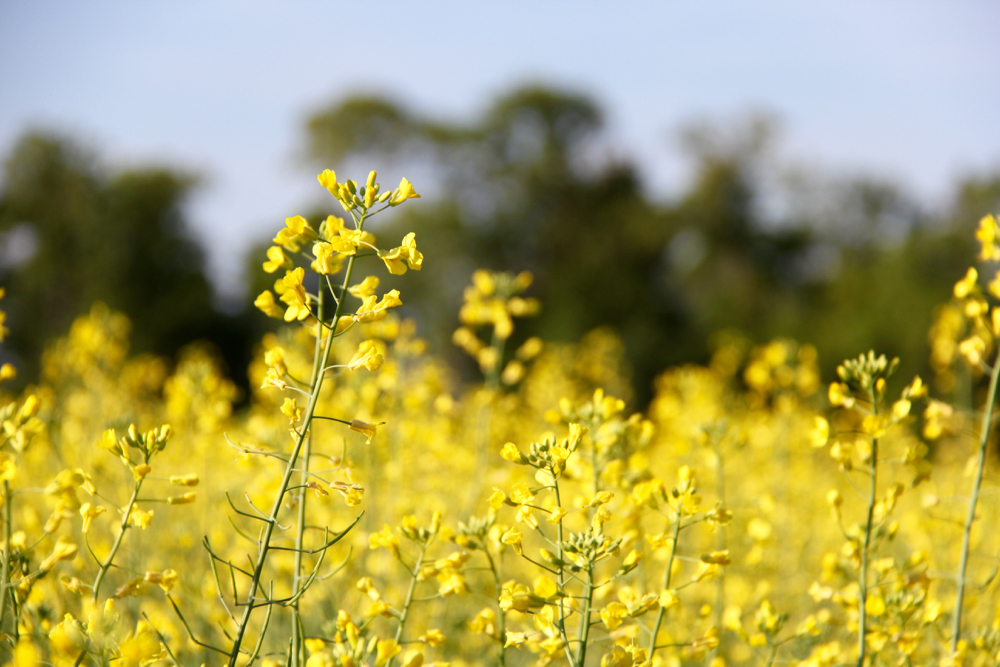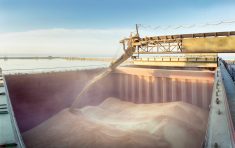Winnipeg (Resource News International) — Record-high fertilizer prices should start to
“drift lower” after this spring, according to a presenter at the
Canadian Wheat Board’s annual Grain World conference here Monday.
While demand is expected to continue to grow, David Asbridge
said fertilizer production capacity should rise to a larger
extent.
Nitrogen, phosphate, and potash are all currently trading at
record-high levels in the global market, said Asbridge,
senior economist with the U.S.-based Doane Advisory Services. He
Read Also

ICE canola weekly outlook: Market rangebound
ICE canola futures saw some wide price swings during the week ended Nov. 5, although the market remains stuck in a sideways range overall.
combined with a decline in North American fertilizer production
as the main factors behind the high prices. However, Asbridge
thought prices for all three fertilizer inputs may be at their
peak for the time being, as world production capacity is expected
to grow.
World demand for nitrogen has grown by 3.7 per cent over the past
four years, after seeing stable growth of only 1.1 per cent for more than
a decade, Asbridge said. India has become a larger importer,
while increased U.S. corn production has also caused demand to grow
from that country. Chinese demand has also been on the rise, but
China produces enough of their own fertilizer to supply that
While demand for nitrogen has been rising, high natural gas
prices have caused North American production capacity to decline,
said Asbridge. Natural gas is the main ingredient in producing
nitrogen fertilizer, and prices in North America — above US$7
per million Btu — compare unfavourably with levels in other areas
of the world. In Saudi Arabia, for instance, natural gas is
priced at US50 cents per million Btu, he said. Looking at projects
that are currently in the works, he expected global nitrogen
production capacity should start to surpass demand within the
next couple of years, with the bulk of those capacity increases
happening in the Mideast.
Global phosphate demand is also growing, with increased
Asbridge. In addition, the costs of sulphur and phosphate rock
have quadrupled in just the past few months, sending production
costs higher, he said. He noted that phosphate demand has risen
by nearly five per cent over the past five years, after growing by only 1.6 per cent
over the previous decade. World production is growing to meet the
demand, but he noted that North American phosphate producers have
limited their production in order to protect their margins.
“Fertilizer companies are enjoying healthy margins, and they
don’t want to damage that,” said Asbridge.
Potash is one fertilizer input that had held reasonably
steady for many years, said Asbridge. However, that market has
South America have all shown increased demand, he said. Potash
production has also been on the decline, as potash companies also
look to keep their good margins, said Asbridge. Due to the
cyclical nature of the fertilizer business, capacity is back on
the rise, which he thought would cause prices to ease up
following the spring.















